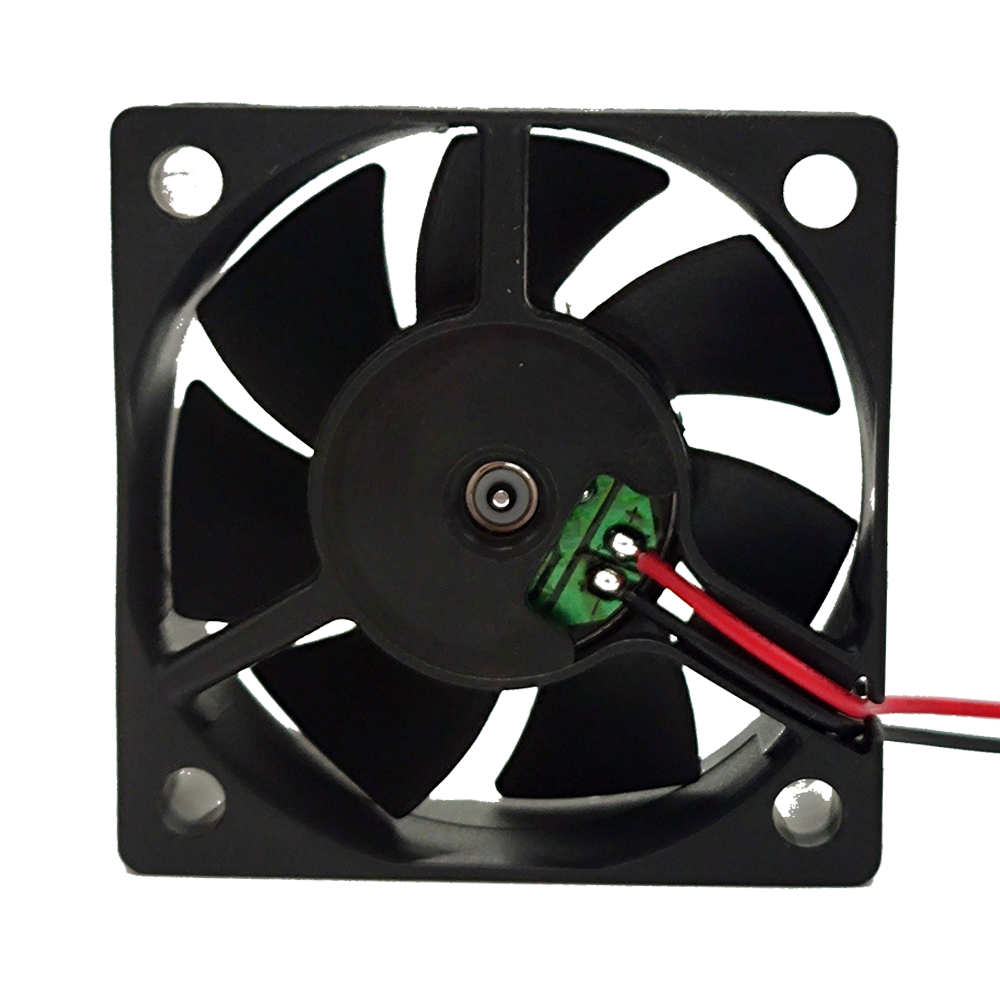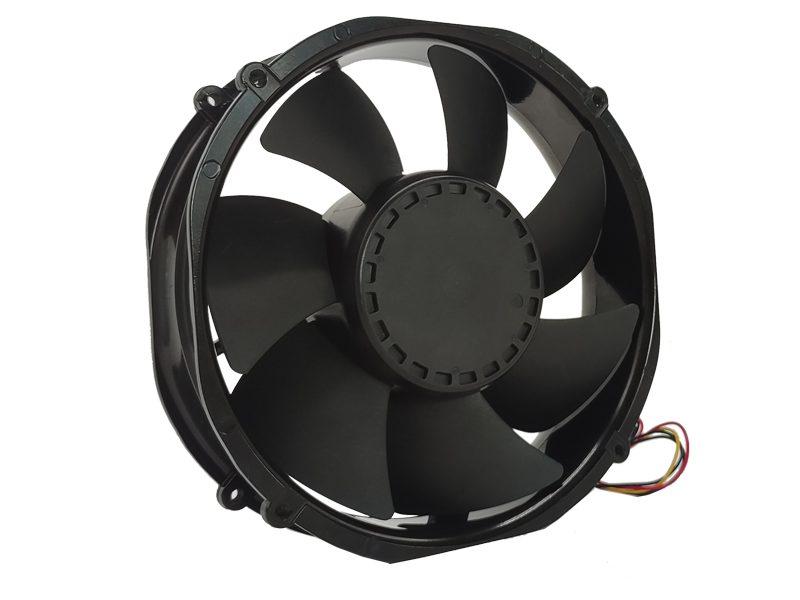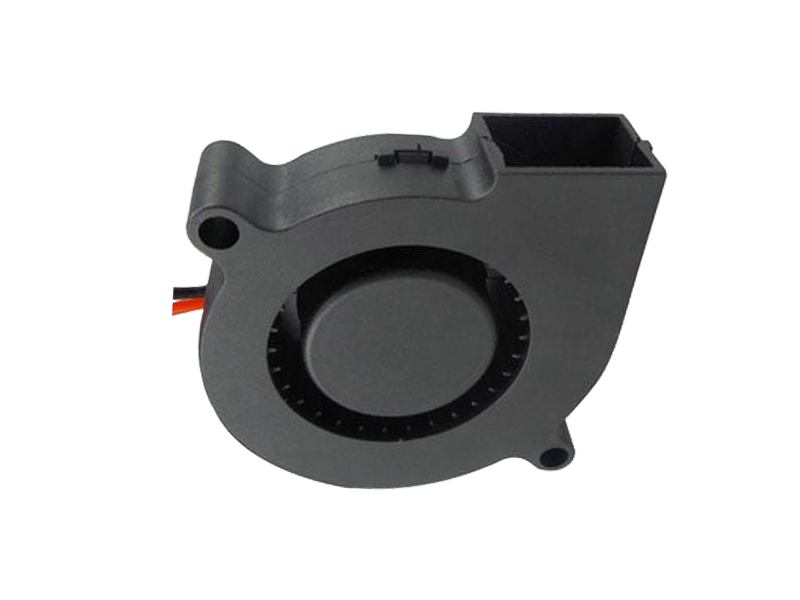Introduction
The Fourth Industrial Revolution demands industrial fans that adapt to fluctuating production demands, integrate with smart factory ecosystems, and align with circular economy principles. This article examines how modular design, IIoT connectivity, and remanufacturing programs are transforming fan lifecycle management.
1. Modular Architecture: The Backbone of Flexible Manufacturing
Modern factories require equipment that evolves with production needs:
Plug-and-Play Modules: Leading manufacturers now offer fans with interchangeable motor-blade assemblies. A food processing plant in Germany reduced downtime by 70% by swapping modules during CIP cycles instead of full fan replacements.
Scalable Airflow Systems: Nestlé’s modular fan arrays in coffee roasting facilities adjust from 10-100% capacity in 5% increments, matching ventilation to real-time emission levels.
Hybrid Drive Systems: Fans with detachable VFD/motor units allow easy upgrades to IE5 ultra-premium efficiency motors without rewiring.
2. IIoT Integration: From Data Silos to Actionable Insights
Industrial fans generate vast operational data streams:
Edge Computing Gateways: Fans in automotive paint shops now analyze vibration spectra locally, triggering maintenance alerts only when anomalies exceed statistical thresholds.
OPC UA Integration: Seamless connectivity to MES systems enables fans in chemical plants to adjust airflow based on reactor temperature setpoints, reducing solvent emissions by 12%.
AR-Assisted Maintenance: Technicians at a steel mill use HoloLens to visualize thermal images overlaid on fan geometries, cutting troubleshooting time by 55%.
3. Circular Economy Practices: Extending Product Lifecycles
Sustainability drives new business models:
Remanufacturing Programs: ABB’s fan remanufacturing initiative recovers 85% of original materials, offering customers 40% cost savings vs. new units with 3-year warranties.
Performance-Based Contracts: Instead of CAPEX purchases, manufacturers offer "Airflow-as-a-Service" where fees tie to delivered CFM, incentivizing efficiency upgrades.
Closed-Loop Recycling: Partnerships between fan makers and steel recyclers ensure 98% of retired fan components return to production streams.

4. Cybersecurity in Connected Fans
As fans become network nodes, security becomes paramount:
Segmented Networks: Fans in pharmaceutical plants operate on isolated OT networks with MAC address whitelisting, preventing unauthorized access.
Blockchain Ledgers: Some manufacturers track fan component histories via blockchain, ensuring remanufactured units meet original specifications.
AI-Driven Anomaly Detection: Machine learning models detect unusual command sequences, blocking 92% of simulated cyberattacks in IIoT fan tests.
Conclusion
Industry 4.0 is redefining industrial fans as dynamic, connected assets rather than static machinery. Modular designs, IIoT ecosystems, and circular practices enable fans to contribute directly to operational agility and sustainability KPIs. Early adopters in automotive, food, and chemicals are already realizing 15-25% reductions in total cost of ownership.
Recommended Products

The main purpose:Car charging station

The main purpose:Car charging station

The main purpose:Electronic refrigerators, water dispensers, direct drinking machines, inverter power supplies
Address:No. 4137, Longgang Avenue (Henggang Section), Henggang Community, Henggang Street, Longgang District, Shenzhen
hotline:13530005572(Chen)15112579390(Li)


Welcome all friends to come for consultation and negotiation.
Copyright 2024 @ Shenzhen Youneng Xinyuan Electronics Co., Ltd.,(industrial fans,industrial blowers,axial fans,cooling fans manufacturer,centrifugal fans,ac cooling fans,dc cooling fans)